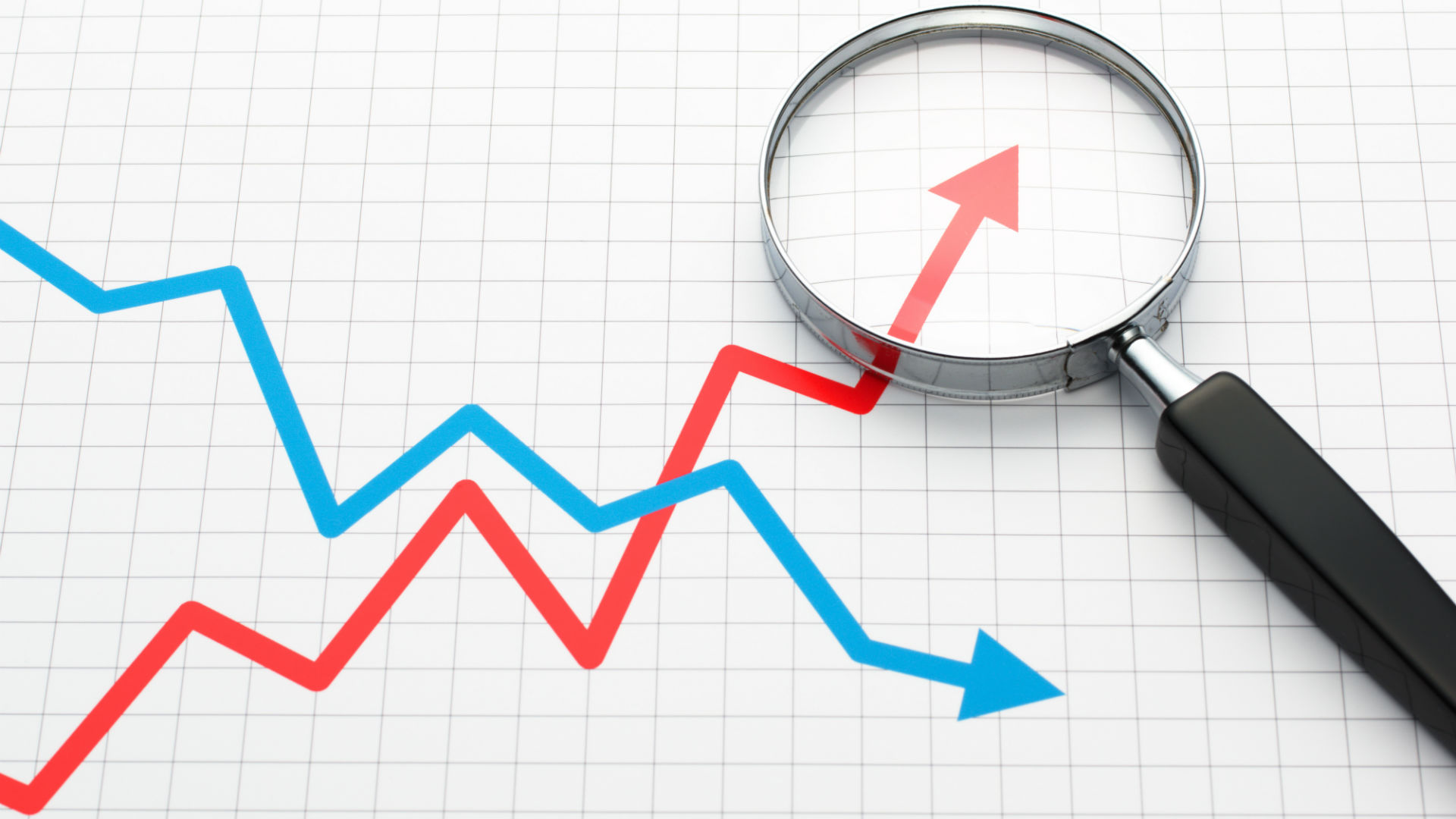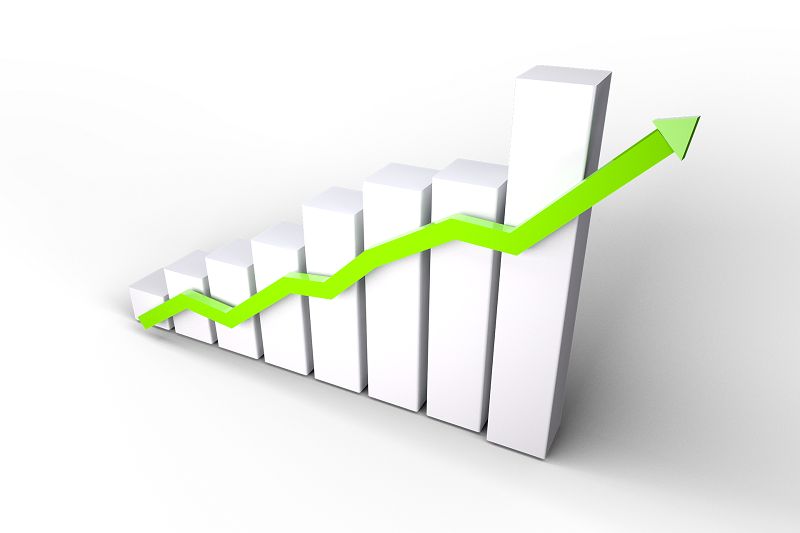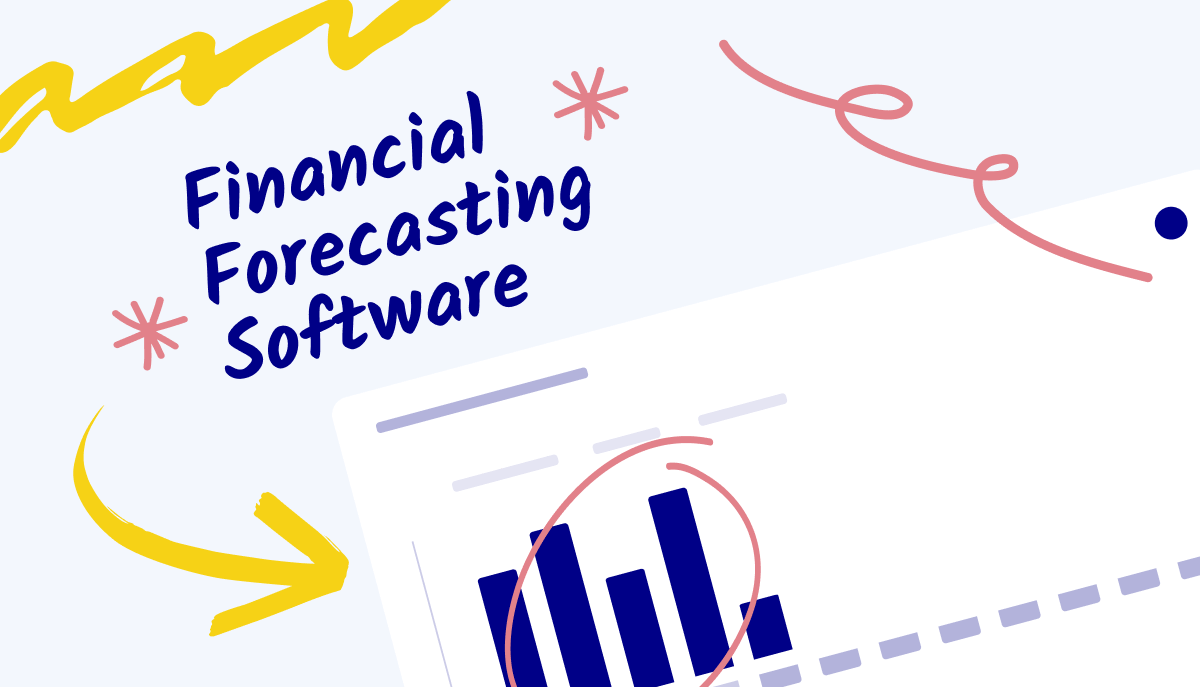Forecasting tools can be used by anyone to generate data about any subject. This article contains a list of forecasting tools that automatically generate data. The forecast tools in this article automatically generate data. So, you don’t have to do any manual work.
You’ve got data. You’ve got marketing automation. You’ve got analytics. You’ve got metrics. You’ve got everything you need to make smart decisions, but there’s one thing missing — you don’t know what will happen next!
There are hundreds of forecasting tools out there, but few are data-driven. We’ll show you how to use data to build a predictive marketing model to give you an edge over your competitors.
There are many different ways to forecast your business, but what if there was a way to automate it all? What if your data-gathering tools could indicate the numbers for you? This post will look at automating data gathering, forecasting, and analytics with tools such as Google Sheets, Zapier, and Excel.
This post will show you various ways to forecast data automatically for your business using Google Sheets, Zapier, and Excel.
This post will provide the best forecasting tools automatically generating data from Twitter, Facebook, and Google+ in less than 5 minutes.

Google Analytics
Google Analytics is one of the most powerful tools for tracking and analyzing web traffic on your website. It allows you to gain insight into your visitors and what they do on your site.
It can be used to determine what people like, don’t like, don’t know, and what they will do next.
And with Google Analytics, you’ll never have to wonder if your website is working properly again.
Google Analytics is a great tool that lets you keep tabs on your site and measure its performance over time. This is very important because it gives you valuable data that helps you improve your site.
It is important to know if you’re on the right track with your site and how visitors interact with it. So Google Analytics is an essential tool to have.
Quantcast
Quantcast is a free service that helps you understand your site’s performance and how visitors interact with your site.
It’s a great tool for understanding your site’s traffic, conversion rate, and page views. It’s also a great way to discover new ideas for your site.
The Facebook Insight Tag is a powerful tool that lets you learn much about your audience. It’s important to understand who you’re targeting when running ads on Facebook because that will affect your ad performance.
With the Facebook Insight Tag, you can discover the size of your audience and the demographic makeup of that audience. This data can help you target your audience more effectively.

Facebook Insight Tag
The Facebook insight tag is a feature that lets you see which pages are sharing your posts on Facebook.
I was impressed by this tool and found it to be a valuable addition to my Facebook advertising arsenal.
As with many tools, this is best used with a good advertising strategy. But it does offer some insight into the demographics of your audience.
As you can see, the main reason for this article was to show you a quick way to add a Facebook insight tag to your site. This is useful because you can see what people do on Facebook and how they interact with your site.
Facebook insights tags are very similar to Google Analytics. They’re essentially a way to monitor the performance of your website on Facebook.
Hubspot
There are lots of forecasting tools available that provide this functionality. Here are a few of them:
1. Averis, an Internet-based forecasting system that provides forecasting models that can be applied to sales data, business volume, and inventory. Averis also provides historical data, financial statements, market research, and more.
2. DataWhip, a data-driven online business intelligence platform that helps companies collect, analyze, and visualize data with various reporting capabilities.
3. IBM SmartBiz (IBM Software) is a forecasting tool designed to help organizations analyze, compare, and make forecasts across various markets, industries, and product lines.
4. QuickBooks Online (Intuit), which is a web-based accounting software application that allows you to manage all of your accounts,

Frequently Asked Questions (FAQs)
Q: What tools do you use to forecast?
A: I use an online tool called Metrolift. It’s a program that can forecast where the world’s population will be in the future.
Q: How does it work?
A: It uses data from several sources, including census and population reports, birth rates, migration rates, and current fertility patterns, to create forecasts for different regions.
Q: What was the most interesting fact that you discovered through forecasting?
A: Forecasts suggest that the world population will exceed 9 billion by 2050.
Q: What were some of the more surprising predictions?
A: The world’s population will grow so quickly that there won’t be enough farmland or fresh water to support it.
Q: How did you first get into forecasting?
A: I was working at a tech company, and my boss gave me an idea to forecast stock prices. He gave me data, and I thought it would be fun to predict the future.
Q: What are the advantages of using a forecasting tool?
A: Using a forecasting tool can be extremely beneficial. For example, if you use a forecasting tool and your sales are below plan, you might change your business model.
Q: What do you think is the most popular forecasting tool?
A: Excel is a very popular forecasting tool. I also like Google Sheets and Tableau.
Q: What do you think makes a good forecasting tool?
A: I think the key is that it should be user-friendly. People shouldn’t have to have a background in statistics.
Q: How can businesses use data visualization to help them make better decisions?
A: Data visualization helps you understand the data better and enables you to make better decisions. You can use forecasting tools to automatically generate data. You don’t have to manually collect and enter data into a database. It’s easy and fast.
Q: What are some examples of tools you’ve seen used by companies?
A: Google Trends is an example of a tool that can automatically generate data.
Q: What’s the difference between data visualization and data analysis?
A: With data visualization, you can present data in a way that allows people to quickly grasp the information. Data analysis takes more time to analyze and analyze the data.
Myths About Forecasting
1. They are useless.
2. I will never use them again.
3. They were only useful when I first learned them.
4. I would not use them if they weren’t free.
Conclusion
In my experience, the best forecasting tools automate data collection, report generation, and visualization. They also provide a way to share these reports with your team so you can quickly get a handle on the current state of your business.
I used to use Microsoft Excel for all of my forecasting needs. However, with the advent of technology, it has become much easier to generate reports in various formats. These include PDF, CSV, and more.
The idea is that they can generate information based on the your provided data. This can be used to predict future trends or forecast demand for a product.
For example, if you own a restaurant, you could use a forecasting tool to determine how much to charge for a meal. If you plan ahead and set prices too low, you may not have enough money to serve customers. But if you price the meal too high, you might encounter overstaffing problems.
So the bottom line is that you should make sure that you know what you’re getting into before you start. As I said at the beginning of this article, forecasters are like weather forecasters.
You can’t just predict the weather without knowing where you’re going.

